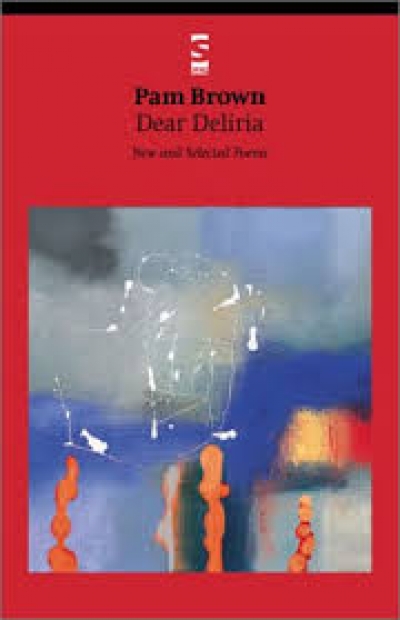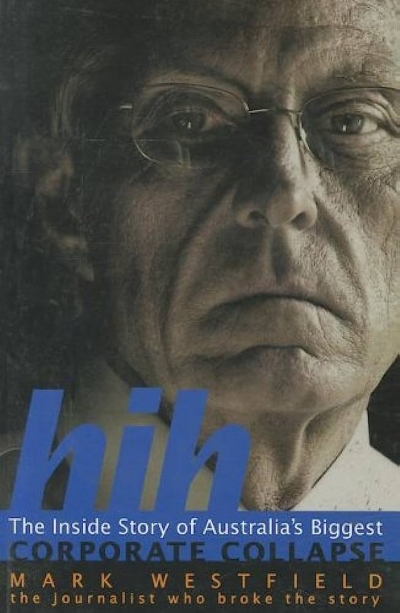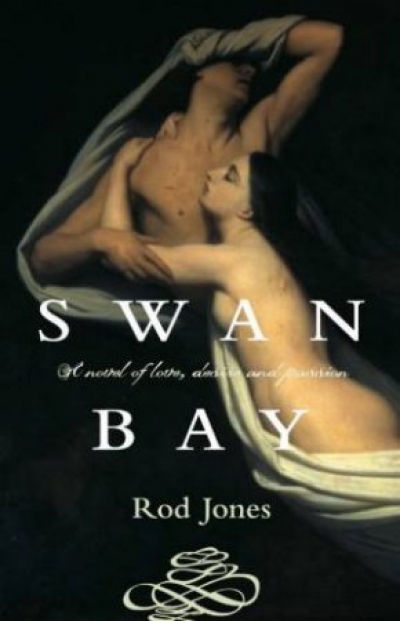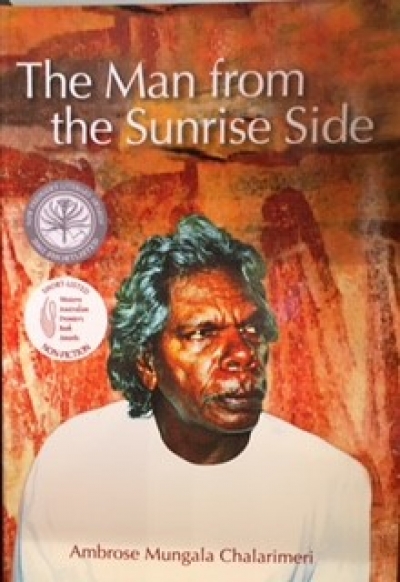Review
This important book succeeds in forcing us to see and hear the individuals hidden from knowledge and understanding behind the razor wire of Australia’s detention centres. The opening chapter, ‘The Iron Curtin’, presents material that, even if familiar to some, still has the power to shock. I was jolted once more by the cold facts of our treatment of refugees a ...
HIH: The inside story of Australia's biggest corporate collapse by Mark Westfield
by Gideon Haigh •
Handbook Of Australian, New Zealand And Antarctic Birds: Volume 6: Pardalotes To Shrike-Thrushes edited by P.J. Higgins and J.M. Peter
by Peter Menkhorst •
Fact or Fission?: The truth about Australia's nuclear ambitions by Richard Broinowski
by Wayne Reynolds •
The Man From the Sunrise Side by Ambrose Mungala Chalarimeri & The Mish by Robert Lowe
by Bruce Sims •










